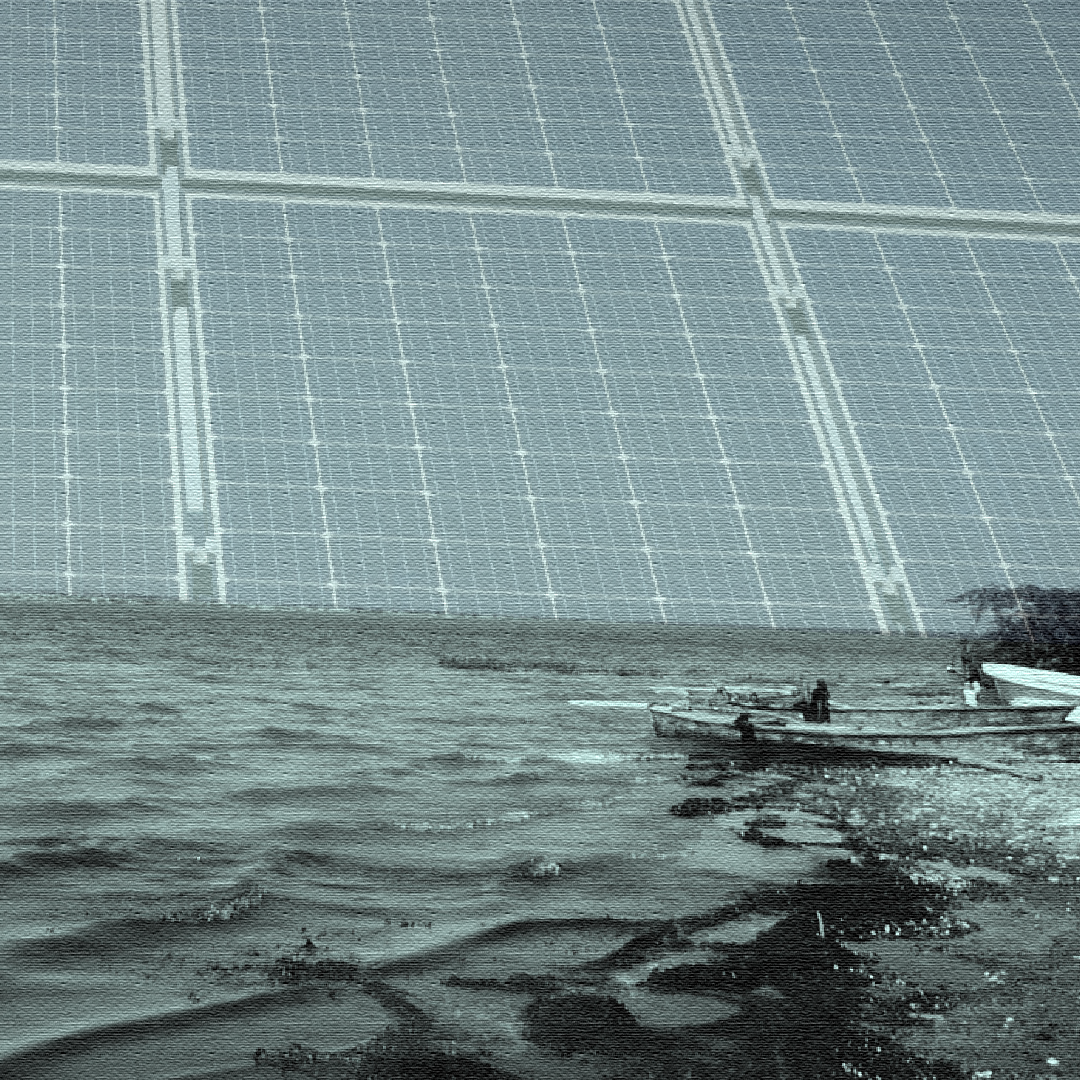Fifty-two years old Anees Halayu lives in Muhammad Yusuf Halayu, a village near the Keenjhar Lake. Fishing is the only source of his livelihood. He owns three boats and catches fish from the lake to sell it. He is also the president of Keenjhar Conservation Network, a non-profit organisation working to protect the lake.
Anees says that last year, they found out that the Sindh government would launch a floating solar energy project in Keenjhar. It was confirmed when the Sindh Environmental Protection Agency (Sepa) sought the public feedback.
According to Sepa’s website, the public hearing took place on June 12, 2024, at the rest house of the irrigation department at Keenjhar Lake. The announcement in this regard was also made in the newspapers.
Anees was also invited to attend this public hearing. According to him, the public hearing informed the local people about the utilisation of five percent of the Keenjhar Lake area for floating solar panels built on the water near Noori's shrine.
“Along with me, many fishermen and the Keenjhar area residents expressed their reservations about the project in the meeting. However, all of us were ignored.”
All of them are worried about being deprived of the lake or that it will be difficult for them to visit its water.
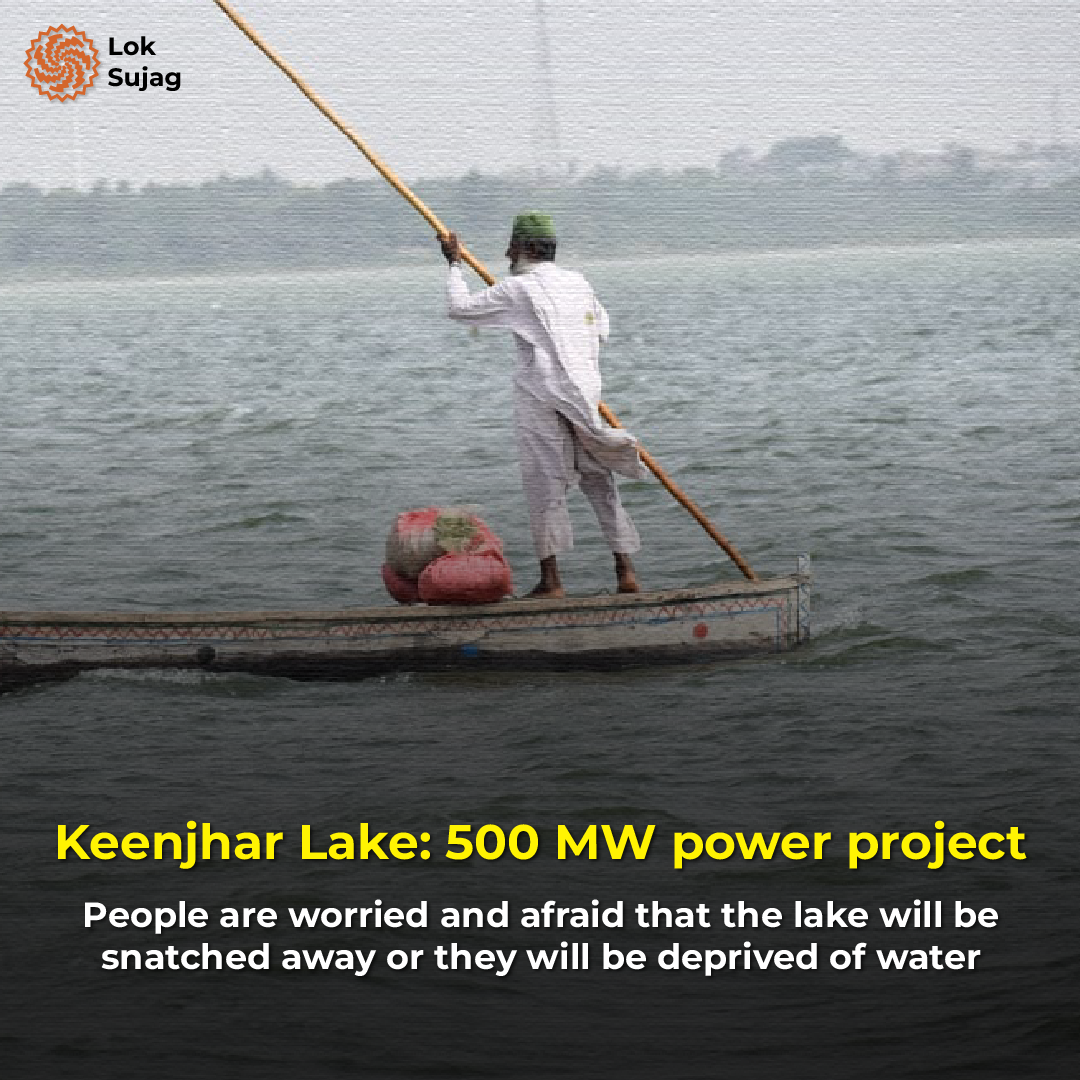
The Sindh Energy Department, irrigation department, Karachi Electric Supply Company (K-Electric), Sindh Transmission and Dispatch Company (STDC) and Go Energy Private Limited signed a joint agreement in June 2024.
“Under the agreement, the floating solar project on the Keenjhar Lake will generate 500MW of electricity, which will be transmitted by the STDC to Dhabeji Grid Station by laying a 60km long 220kV transmission line from the lake till the grid station. Electricity will be provided to K-Electric.”
Located 137km from Karachi, 36km in the northeast of Thatta city, Kalri or Keenjhar Lake is among the freshwater lakes of the country, spread over an area of about 135 sq km. It comes under the irrigation department of Sindh, which supplies water to Karachi.
Socioeconomic Assessment Report
‘Go Energy’ has submitted a social and environmental impact assessment report of the solar project to Sepa. According to the report, about 1,606 acres (650 hectares) out of the about 33,280 acres (13,468 hectares) of the lake will be used for solar panels.
“In the lake, one million panels will be divided into three parts and installed at some distance from village Noori. It will cost about $400m and the project will be completed within two years.”
This environmental and social study was conducted by Go Energy before the project commencement in the implementation of Clause 17 of the Sepa Act 2014.
Mentioning the benefits of this project, the report says that the energy demand is increasing in Sindh.
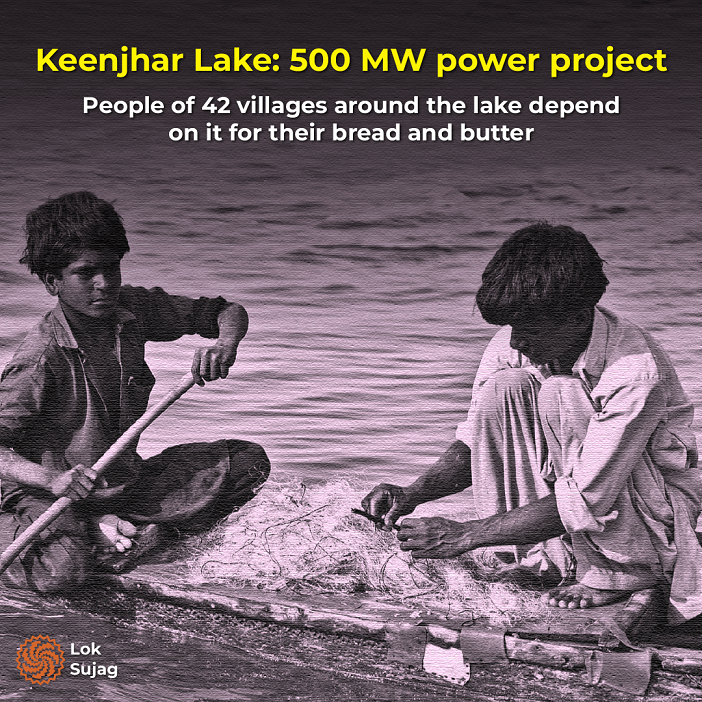
Unlike electricity produced by fossil fuel (coal, oil and gas), this energy project will prevent environmental damage and global warming. The project will reduce the expenses on electricity generation, which will benefit the consumers while the income of the Sindh government will also boost.
“Two-and-a-half to three hundred people will be employed during the construction work at Keenjhar Lake. Moreover, 50 locals will be employed for operations and maintenance when the project gets operational,” says the report.
The company’s chief officer, Amar Ali Talat, says that the experts from Singapore have prepared an assessment report of the Keenjhar solar energy project. The project will prevent a quarter of the lake's water from evaporating.
“This unique project will save land and generate eco-friendly and affordable electricity,” Mr Talat claims.
According to the locals, Sunehri and Keenjhar lakes, which have been inhabited for centuries, were formed due to the change of the Indus River route. They were later connected by a dam in the 1950s and the 1960s.
In 1976, the water capacity of this lake was increased and it was declared a Ramsar site the same year. Apart from mountain drains, the river Indus supplies Keenjhar Lake with water through the Kalri Canal.
Keenjhar becomes a cradle when north wind blows
According to the World Wildlife Fund for Nature (WWF), Noori’s tomb and lake are not only a part of local culture and folklore but also an employment means for more than 50,000 people and a recreation centre visited by above 15,000 people every weekend.
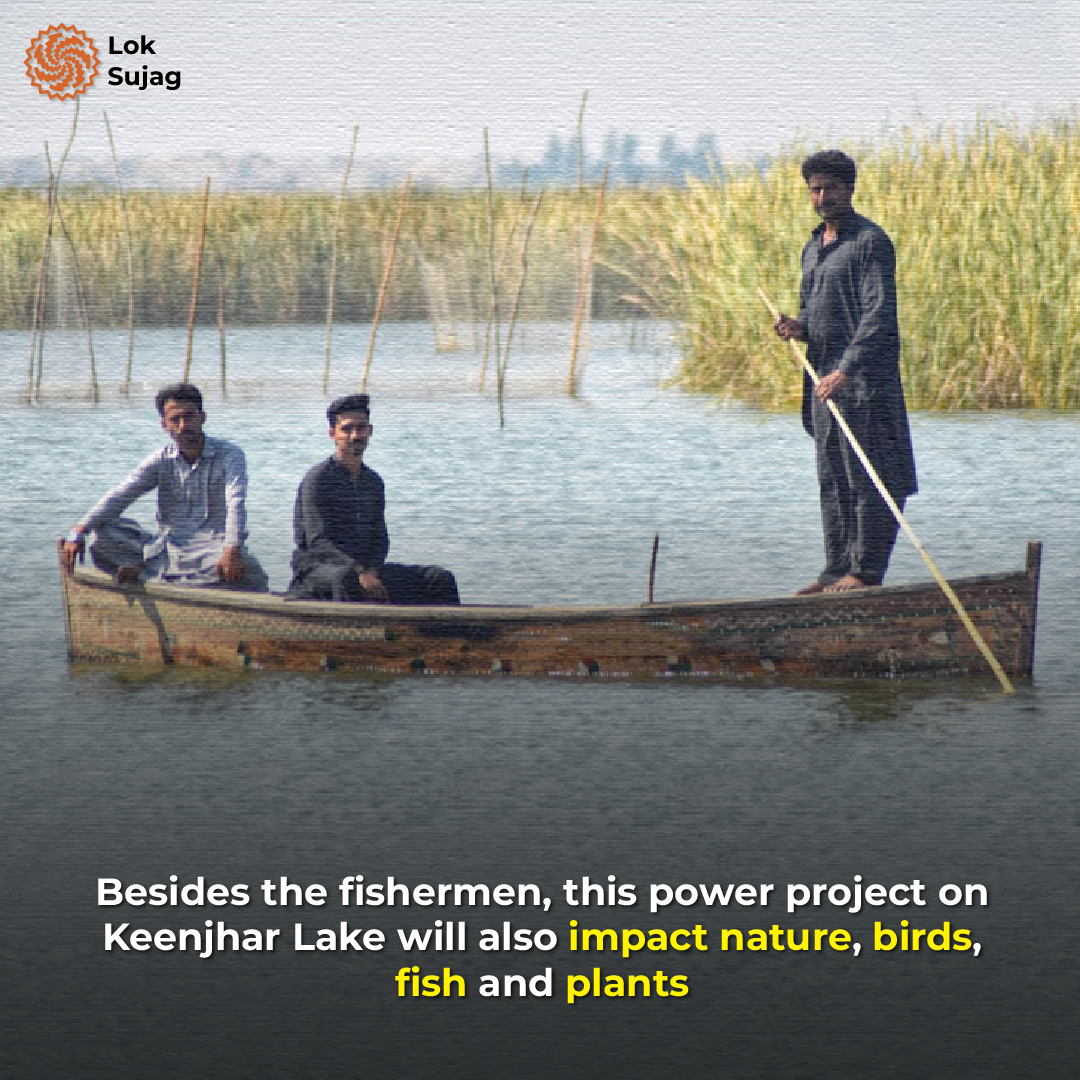
The legend says that Noori was a fisherwoman. She was so beautiful that Jam Tamachi, the prince of the Samma Dynasty, fell in love with her at first sight. Noori’s tomb is now part of the cultural heritage of Sindh.
Three centuries ago, while looking at the swaying waves and greenery of the lake, Shah Abdul Latif Bhitai said:
When north winds blow, Keenjhar Lake becomes a cradle.
According to the WWF, a survey conducted in September 2006 found 136 plant species in the lake area, including various groups such as grasses (Poaceae), Aizoaceae, acacia (Acacia nilotica), poplar (Populus euphratica), bulrush (Typha, locally known as koondar), reeds (kani or tila), and lotus (nelumbo).
Lotus blooming on the banks of the lake is associated with Lord Vishnu and goddess Lakshmi and its flowers and leaves are used for various medicines. Kanwal root, called Kamala Kakdi in Urdu and ‘Bhe’ in the local language, is used as a vegetable.
Anees says that the fishermen used Taifa, reeds (Koondar/Phos/Kani) to make the roofs of their huts.
The lake is about 24km long, 6km wide and 26 feet deep. The far-reaching vegetation hosts millions of native and migratory birds annually. In 1988, 250,000 birds were counted here but the number decreased to 13,760 in 2006.
The Sindh Wildlife Department conducts a bird census every year in winter, according to which 15,274 birds were recorded at Keenjhar Lake in 2020. In 2021, this number was 17,000 but last year in 2023, this number dropped to 5,410.
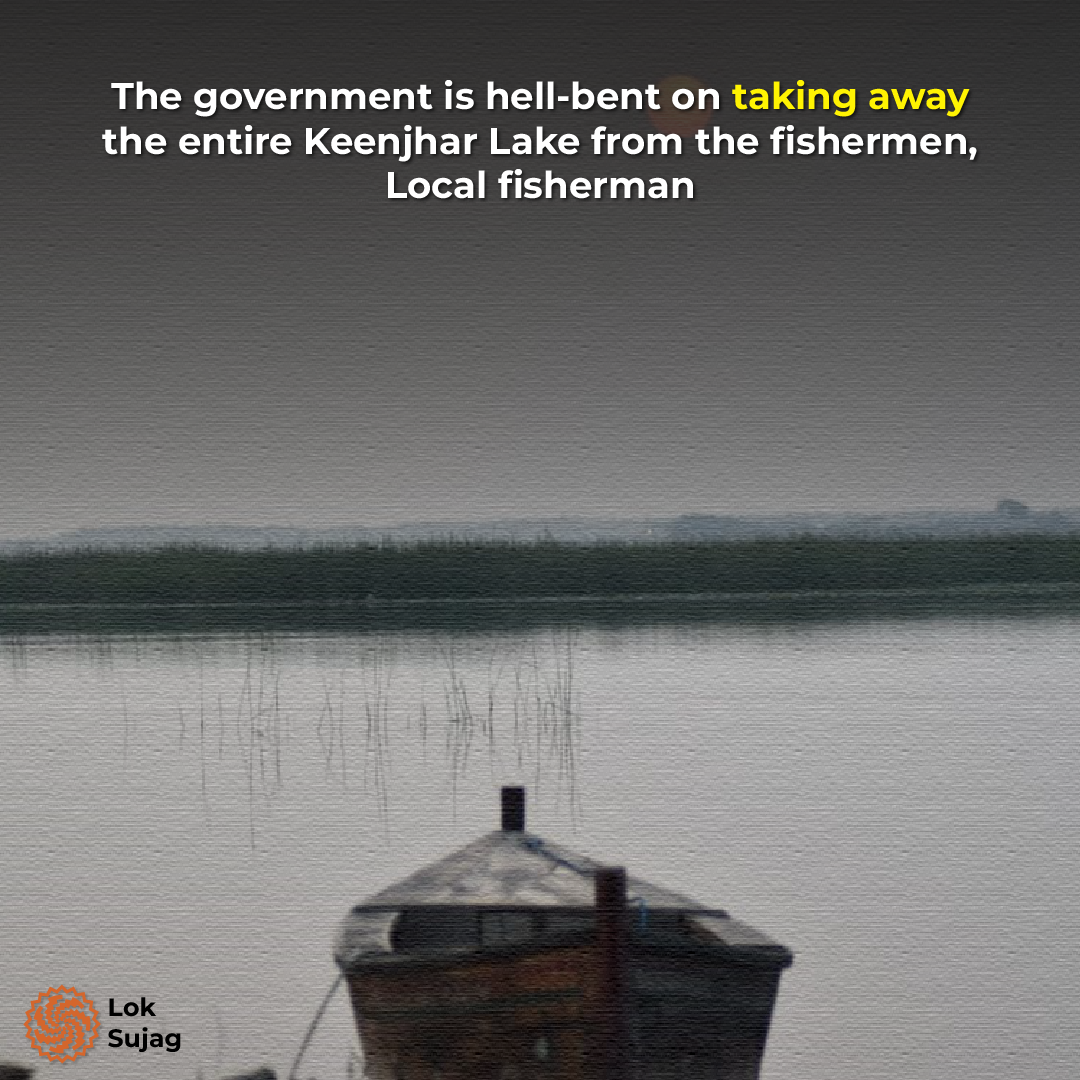
The WWF conducted a detailed study here in 2007-8. The report states that 26 species of large and 17 small mammals (animals) are found in and around the lake. Similarly, there are several species of amphibians (both terrestrial and aquatic) and reptiles, some of which are on the International Union for Conservation of Nature (IUCN) Red List of Endangered Species.
According to the WWF, 55 species (families/groups) of fish have been recorded in the lake, of which 45pc of the fish belong to the Cyprinidae family. Due to their sweetness, Karro, Morakhi and Deyo are the favourite and special fish here.
Locals’ dependence on the lake and apprehensions
The Sindh Fisheries Department says that they have caught 228.7 tonnes of fish from Keenjhar from May 2021 to May 2022 worth Rs34m. Licenses have been issued to 1,350 boats for hunting and 2,265 fishermen for fishing in the lake.
According to Anees Halayu, permits are issued to the owner and two helpers along with a boat.
However, 50pc of the hunting takes place without permits. Around the lake there are around 42 villages where most of the people live on the resources of the lake. People who live in 42 villages surrounding the lake are dependent on the lake for their bread and butter.
“More than 50,000 households directly use the resources of the lake for cooking while eight fish markets around it operate. They include Khambho Mian, Yousaf Halayo Mian, Sonehri Mian, Khapri Mian, Khadayon Mian, Jhampeer Mian, Moldi Mian, Dhor Mian and Chaliya Mian.
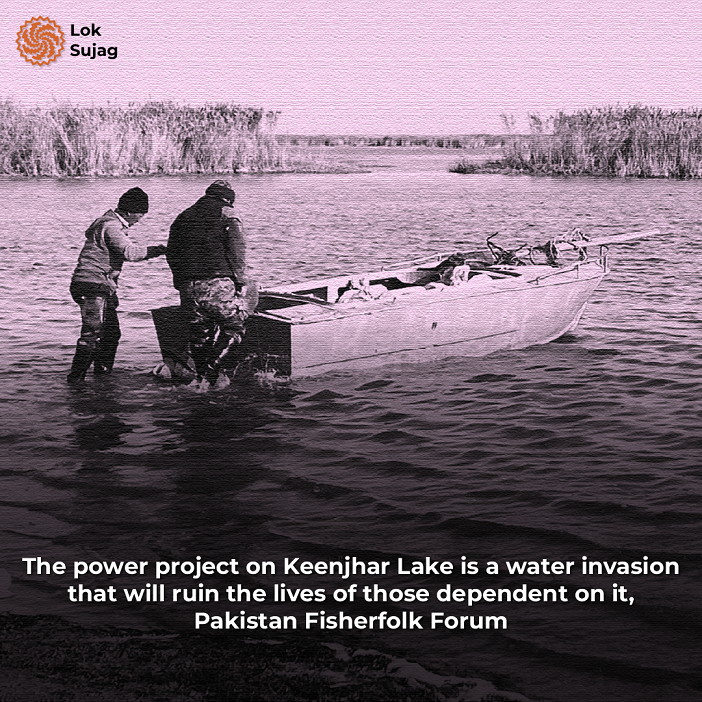
Anees fears that this solar project will not only affect the fishermen but also the natural life, birds, fish, greenery, plants and grass. “What kind of light and environment-friendly project is this for which the government wants to deport the already poor fishermen?” he asks.
Anees Halayu says that the government could not protect this lake from the polluted and toxic water discharged from the industrial establishments of Nooriabad and Kotri. Now it seems it has made a plan to take away the entire Keenjhar from the fishermen.
Mehran Shah, the young chairman of the Pakistan Fisherfolk Forum, also agrees with Anees. He considers it as ocean-grabbing, saying that his organisation will oppose the solar power project inside the lake.
“It is not only a matter of employment and economic resources of the fishermen but also of their ancestral heritage and culture. This project will take away the livelihood of those living on the lake. Fish will die and migratory birds will disappear,” Shah expresses his apprehensions.
‘No approval’ for the project yet
Engineer Mahfouz Ahmed Qazi, the project director of Alternative Energy of Sindh Energy Department, says there will be further study and research on the solar project after which the construction work will be completed in 2026.
Sepa Director General (DG) Dr Naeem Ahmed Mughal says his agency has not yet approved the solar project. The Floating Solar Project in the lake is a new experience in Pakistan; therefore, he is going to visit Keenjhar Lake himself.
He explains that conditional permits are issued for such projects and companies are required to comply with the conditions. Sepa has a system of monitoring these conditions, which is done every month.
Also Read
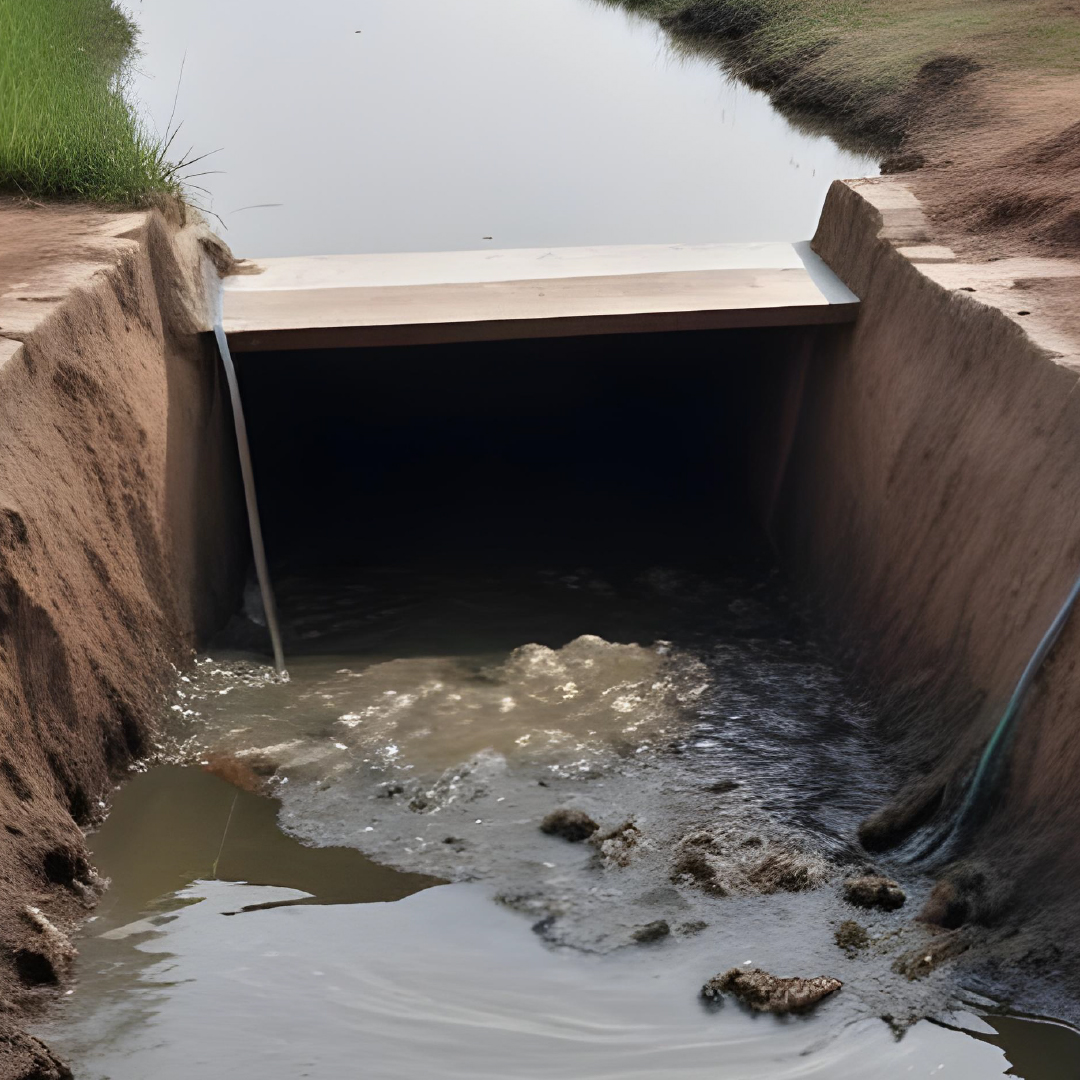
Manchar Lake & Mohannas: A Tragic Tale of Climate Change
Waqar Hussain Phulpoto is working as the director (Technical) at Sepa Headquarters. He admits that Keenjhar Lake is a habitat for migratory birds and they may permanently leave it in case of installation of the solar energy project.
“The glare of light reflected from the solar panels will hit the birds’ eyes, making it difficult for them to pass through. As per the project’s design and map (one million panels), it will wrap about 20pc of the lake. Keenjhar Lake lies in the Ramsar site and we are bound by this agreement.”
Waqar points out that the aquatic life below the area covered by the solar panels will be affected, saying that there will be no fish and no plants or grass will grow. However, he supports the project in a slightly different way.
“I think if the solar plates are dispersed in different places despite at the same place in the lake, it will have a lesser effect on life inside and outside the lake.”
According to Mumtaz Soomro, deputy conservator of the Sindh Wildlife Department, there will be no sunlight reaching the water due to the solar panels. It will make the water cloudy and severely affect aquatic life.
“Keenjhar Lake is a key destination for migratory birds and this project will disrupt their migration routes and food sources, leading to a decline in their visits.”
He stresses that environment-friendly energy projects in the province are the need of the hour but wildlife protection must also be taken into account.
WWF Senior Manager Conservation Altaf Shaikh explains that the lake is already losing vegetation and grass and its plant life will be severely affected after the construction and operation of the solar project.
“Any such project at the Ramsar site and wildlife sanctuary poses threats to the lake’s natural environment. A biodiversity study should be done and the consent of the local people must be obtained before launching the project,” he emphasizes.
Published on 9 Sep 2024
